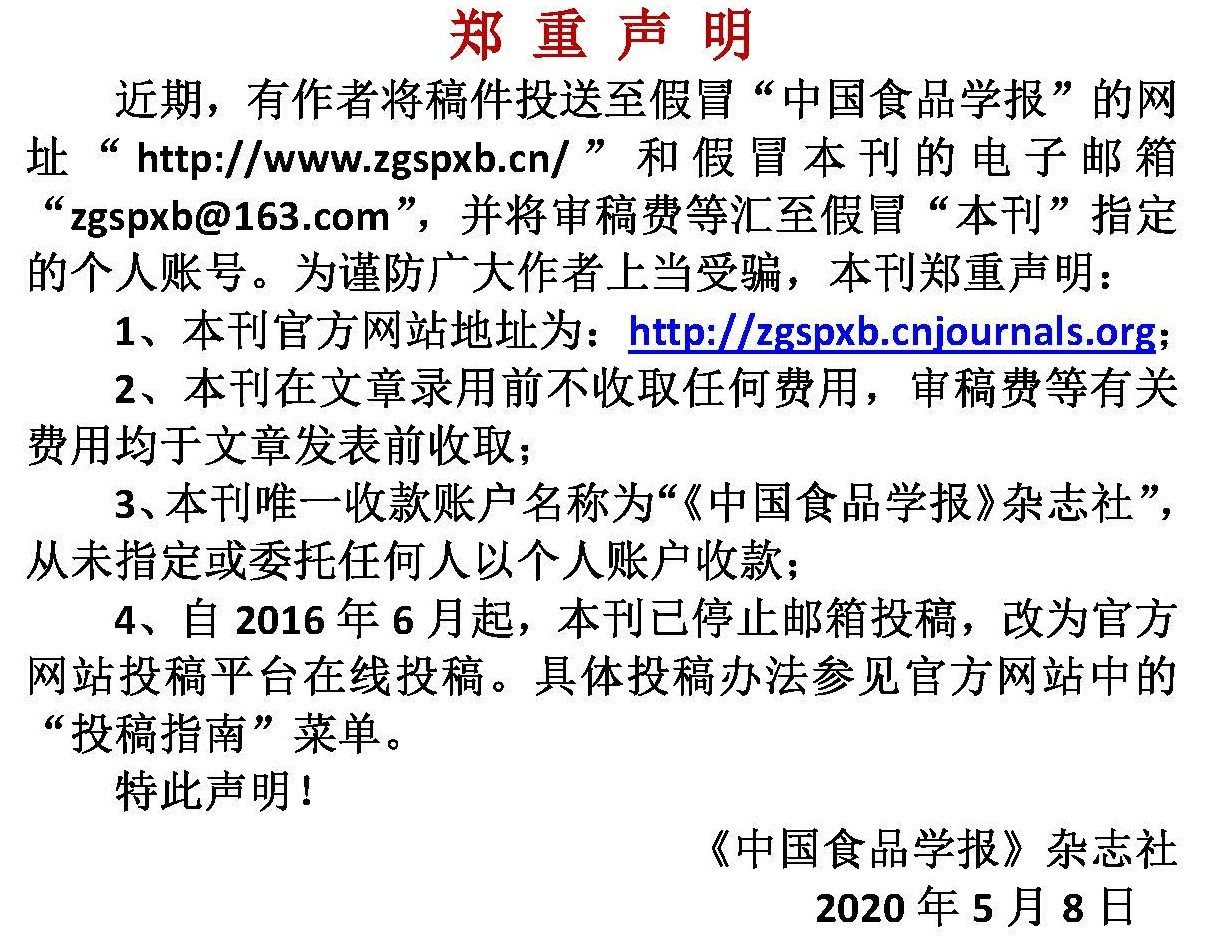乙醇促进法夫酵母虾青素合成的机理及其代谢调控
作者:
作者单位:
作者简介:
通讯作者:
中图分类号:
基金项目:
国家自然科学基金项目(31501448);福建省教育厅项目(JA15266);厦门南方海洋研究中心项目(14CZP035HJ09)
Author:
Affiliation:
Fund Project:
引用本文
茹 毅;沈宁燕;倪 辉;陈艳红;肖安风.乙醇促进法夫酵母虾青素合成的机理及其代谢调控[J].中国食品学报,2019,19(8):41-48
复制相关视频
分享
文章指标
- 点击次数:
- 下载次数:
- HTML阅读次数:
历史
- 收稿日期:
- 最后修改日期:
- 录用日期:
- 在线发布日期: 2019-09-03
- 出版日期:
文章二维码

版权所有 :《中国食品学报》杂志社 京ICP备09084417号-4
地址 :北京市海淀区阜成路北三街8号9层 邮政编码 :100048
电话 :010-65223596 65265375 电子邮箱 :chinaspxb@vip.163.com
技术支持:北京勤云科技发展有限公司
地址 :北京市海淀区阜成路北三街8号9层 邮政编码 :100048
电话 :010-65223596 65265375 电子邮箱 :chinaspxb@vip.163.com
技术支持:北京勤云科技发展有限公司
